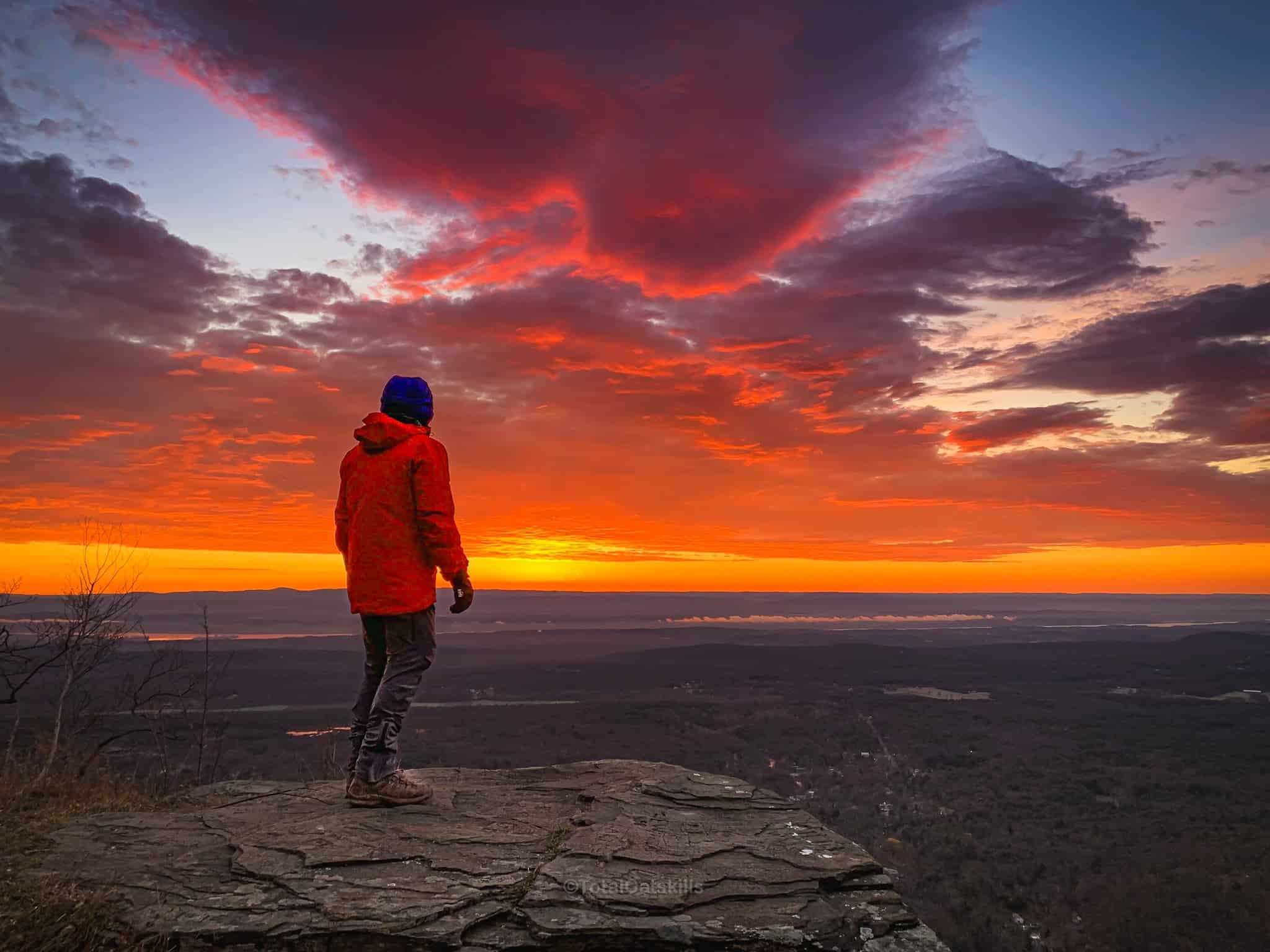Disclosure: This content may contain affiliate links. Read my disclosure policy.
Our twice-yearly switch between Daylight Saving Time (DST) and Standard Time is disruptive, damaging, and dangerous. It needs to end.
We’ve come to hate it: the spring forward / fall back ritual of adjusting our clocks, the consequeses of which reverberate through our health and daily routines. The abrupt change disrupts our circadian rhythms, the internal clocks that dictate sleep patterns, which brings not only sleep deprivation and a significant biannual increase in heart attacks and strokes.
The switch also causes a predictable surge in car accidents, as drivers grapple with the shift in daylight during their commutes.
Business-minded people note how the productivity of individuals dips following the change, with people reporting higher levels of fatigue and lower concentration levels. There’s even an observable uptick in workplace accidents and a measurable decrease in stock market returns immediately after the clocks are adjusted.
Many systems require manual or automatic updates to adjust to Daylight Saving Time changes, which can lead to administrative burdens and technical glitches. The twice-yearly switch also complicates timekeeping, leading to a higher potential for missed appointments and scheduling snafus, which pose their own set of economic and personal inconveniences.
The switch can disrupt personal schedules, including meal times, exercise routines, and medication regimens. These disruptions exacerbate mental health issues, including depression and anxiety, particularly in the autumn shift to Standard Time.
All of these issues underscore the growing calls to eliminate the practice and adopt a single, year-round time standard for the sake of consistency and well-being.
Why Sticking With Daylight Saving Time is the Answer
Sticking with Daylight Saving Time (DST) year-round has a clear set of advantages that benefit individuals and society as a whole. Here’s an in-depth look at those potential benefits:
- Enhanced Quality of Life: Longer evening daylight hours allow for more leisure activities post-work, including sports, shopping, socializing—and, it has to be said, winter hiking.
- Boost to Physical Health: More daylight in the evenings encourages physical activity, which is beneficial for overall health and fitness.
- Stimulated Economy: Extended daylight hours can lead to increased consumer spending as people are more likely to shop, dine out, and engage in recreational activities after work.
- Tourism Industry Growth: Tourism often benefits from longer daylight hours, as tourists tend to engage in more activities and spend more money when days are longer.
- Reduced Crime Rates: More daylight in the evening correlates with lower crime rates, as crimes are more common under the cover of darkness.
- Traffic Safety: The visibility provided by more daylight can help decrease traffic accidents during the high-volume evening commute.
- Decreased Energy Usage: While the impact on energy savings is debated, proponents argue that Daylight Saving Time can lead to less energy used for lighting and appliances due to more natural light in the evenings.
- Reduced Artificial Lighting Needs: More daylight reduces the need for artificial lighting in homes and public spaces.
- Community Participation: Longer daylight hours can contribute to more community involvement and social participation, as people have more time to engage with each other after work.
- Mental Health Improvements: Increased exposure to sunlight during waking hours can improve mental health by reducing the effects of Seasonal Affective Disorder (SAD) and boosting serotonin levels.
- Increased Productivity: Some argue that more light at the end of the day can lead to a boost in productivity, as people are able to continue with work-related or personal projects.
- Improved Work-Life Balance: The shift of an hour of daylight to the evening means that working individuals have more daylight to enjoy post-work, potentially improving work-life balance.
- Cultural Preferences: Modern society tends to value evening activities and socialization, which DST supports by shifting an extra hour of daylight to the end of the day.
- Global Business Sync: For international business, having more daylight during typical working hours can help synchronize work schedules across time zones.
- Winter Sunset Time: What time do you want your sunset at in winter? Read on to see your options…

What About 1974?
America tried switching to permanent DST in 1974, and it was roundly despised. People hated waking up and going to work in the dark. However, that was 1974. Fifty years later, we lead astonishingly different lives in a wildly different technological universe, under far more generalized stress.
BTW, you might also enjoy…
- ADK › Whiteface Mountain via Marble Mountain
- DANGER › 6 Feet Under? How Our Adirondack Hike Turned Deadly Serious (Substack)
- ADK › Hurricane Mountain Fire Tower
- CATSKILLS › Catskills Fire Tower Challenge 2025
- Follow › My Instagram @TotalCatskills
- Follow › My writing for Times Union
Opting for Daylight Saving Time year-round would come with trade-offs, particularly the challenge of darker mornings, which affects morning commutes and school start times. Bear in mind that American schools start at absolutely ridiculous and inhumane hours; but that’s a whole ’nuther topic.
The potential advantages highlight the adaptability of DST to contemporary lifestyles and its potential to improve societal well-being, safety, and economic activity.
Why Daylight Saving Time?
It’s the switching that drives us crazy. Obviously, the solution is to pick one time standard and stick with it. Neither is without drawbacks. I think of it like this:
- When the days are long, nobody is complaining there’s too much sunlight
- It’s when daylight is in short supply that we moan the most and need our photons the most
- In December, in New York, under standard time, sunset happens around 4:30 pm
- Under DST, it would happen at 5:30 pm
- Do you want sunset at 4:30 pm?
For me, this is a no-brainer. I want sunset at 5:30 pm. Most of the arguments against all-year DST are arguments against the disruptive switching back and forth.
It’s Time to Choose
In the final analysis, the decision to end the back-and-forth between Daylight Saving Time and Standard Time transcends mere preference—it’s a matter of public health and convenience.
Embracing a year-round time standard, particularly DST, promises not only to enrich our evenings with more sunlight but also to mitigate the myriad issues associated with the disruptive time changes.
While no system is without its drawbacks, the benefits of a static time—a boost in evening activities, potential economic uptick, and above all, the elimination of the biannual disruption to our biological clocks—make a compelling case for this change. Let’s stop clowning around…

Status of Daylight Saving Time Legislation
Hawaii, the majority of Arizona, and the U.S. territories have chosen to maintain permanent standard time. Current federal regulations prevent states from adopting permanent daylight saving time.
Multiple proposals—such as the Sunshine Protection Act—remain pending in Congress, and numerous states across the U.S. are contemplating laws to abolish the biannual time shifts. Currently, however, the political will does not seem to exist to close this chapter, one way or the other.
It’s time we align our clocks with a more consistent rhythm, one that reflects our modern needs and promotes a healthier, more productive society.
Read More
Get full access…
Get instant access to the full version of this site and enjoy great supporter benefits: full galleries, full trail notes, early access to the latest content, and more.
Hot on the website right now…
Follow for more…
Follow my @TotalCatskills content on Instagram for regular hiking inspo and safe, inclusive community.

